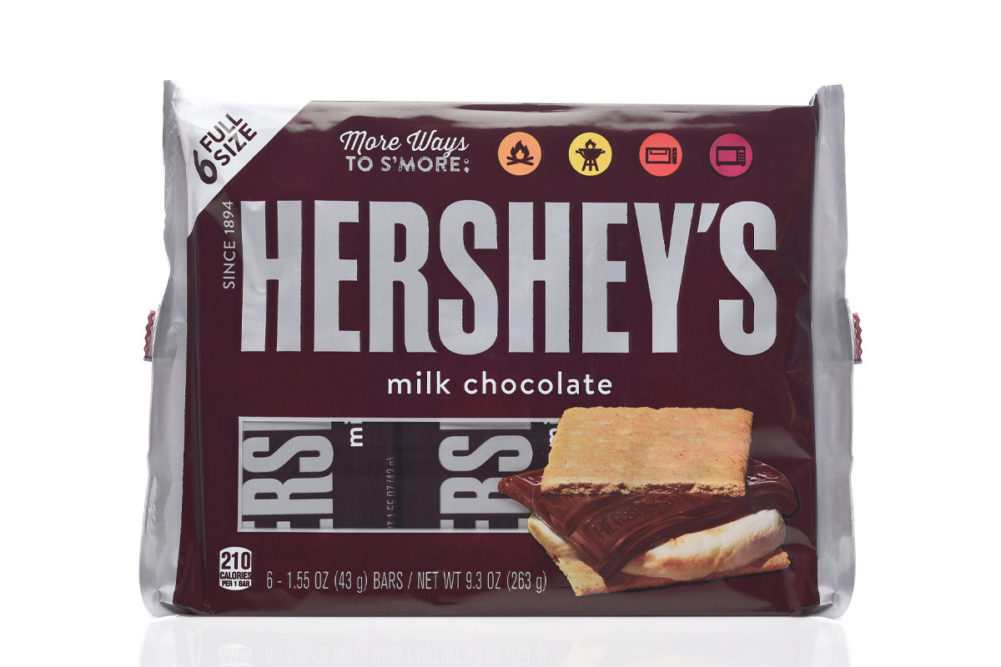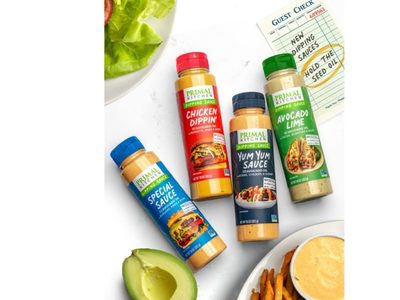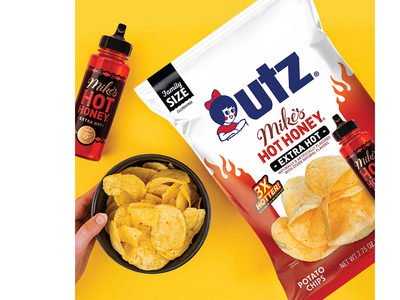HERSHEY, PA. — Despite high cocoa prices, income and sales increased at the Hershey Co. in the first quarter ended March 31. The impact of cocoa prices will continue into 2025, said Michele G. Buck, president and chief executive officer.
“Our investments in innovation, marketing and in-store execution are driving consumer engagement and improving market share performance across segments,” Buck said in prepared remarks issued May 2. “We are successfully operating in our new ERP (enterprise resource planning) system, a major milestone toward achieving our previously announced agility and efficiency targets.”
Net income of $797 million, equal to $4 per share on the common stock, was up 36% from $587 million, or $2.94 per share, in the previous year’s first quarter. Net sales increased 8.9% to $3.25 billion from $2.99 billion. Organic, constant currency net sales increased 8.6%, driven primarily by price realization. Volume increased 3.4%.
While the 2023-24 cocoa crop in West Africa declined, growth in other global regions and actions in West Africa should improve supply, Buck said.
“Farmer prices have increased, which should enable them to make more investments in fertilizer, pesticides and other techniques to improve yields,” she said of West African cocoa farmers.
ICE cocoa futures rose over $10,000 per tonne earlier this year but had fallen to $8,505 per tonne on May 3.
“Sustained high prices will drive inflation in 2025,” Buck said. “While our 2025 planning is underway, it is premature to discuss potential financial scenarios or impacts, and for competitive reasons we will not be discussing our hedging policies or pricing strategies.”
Within the Hershey North America confectionery segment, net sales rose 10% to $2.71 billion, from $2.45 billion, driven primarily by accelerated shipments related to Hershey’s ERP implementation. Price realization in North America confectionery was nearly 6%, and volume increased 4.5%, said Steve Voskuil, chief financial officer.
“Higher inventory levels contributed approximately eight to nine points of volume growth, which was partially offset by elasticity-related volume declines of approximately 4%,” he said.
Net sales in the North America salty snacks segment increased 1.9% to $275 million from $270 million. Retail sales for Dot’s Homestyle Pretzels increased 12%. SkinnyPop ready-to-eat popcorn takeaway declined 11%, which reflected category softness.
“Later this year we will also launch a new advertising campaign and new flavors of SkinnyPop, along with a great new flavor of Dot’s Pretzels,” Buck said.
In a May 3 earnings call Buck was asked how reductions in the US Supplemental Nutrition Assistance Program affected Hershey.
“So we do know that we saw impact from the SNAP reductions in the business in the back part of last year,” she said. “We are beginning to see some stabilization as we start to lap some of those reductions. Consistent with our expectations as we built our plan, we anticipated that would occur. However, we do continue to see value-seeking behavior from consumers.”
In Hershey’s international segment net sales increased 1.8% to $270 million from $265 million.
“Distribution and innovation gains in Brazil, Europe, Asia and Latin America built on strong category growth across markets,” Buck said in the prepared remarks. “These gains were offset by planned declines in Mexico relating to exiting the beverage business in 2023 and softness in India related to difficult laps from the year-ago period and lower seasonal sales.”




